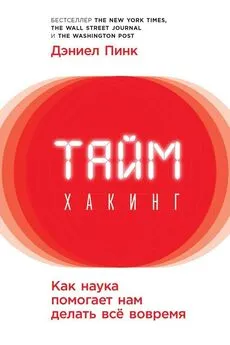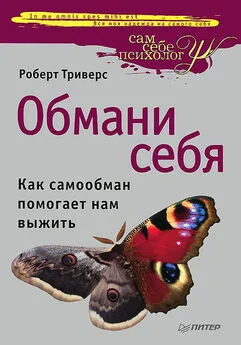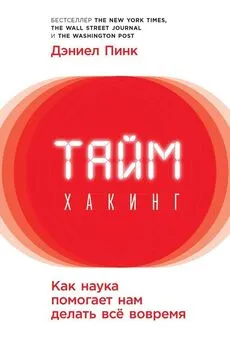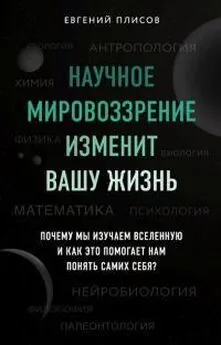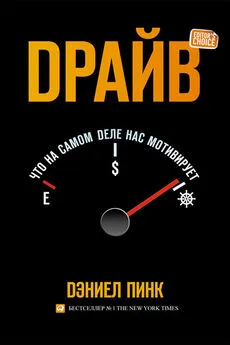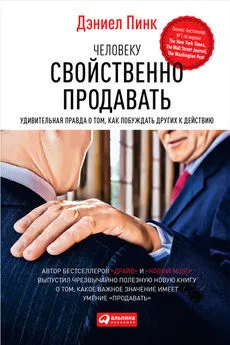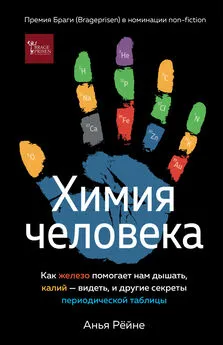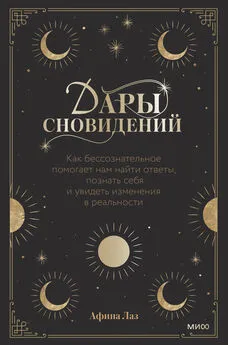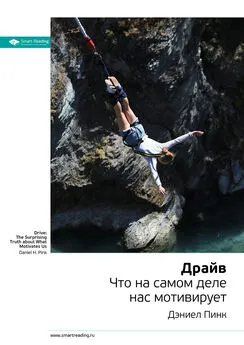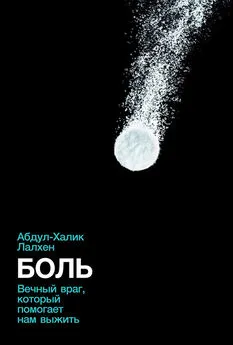Дэниель Пинк - Таймхакинг. Как наука помогает нам делать всё вовремя
- Название:Таймхакинг. Как наука помогает нам делать всё вовремя
- Автор:
- Жанр:
- Издательство:Литагент Альпина
- Год:2018
- Город:Москва
- ISBN:978-5-9614-1515-5
- Рейтинг:
- Избранное:Добавить в избранное
-
Отзывы:
-
Ваша оценка:
Дэниель Пинк - Таймхакинг. Как наука помогает нам делать всё вовремя краткое содержание
Таймхакинг. Как наука помогает нам делать всё вовремя - читать онлайн бесплатно ознакомительный отрывок
Интервал:
Закладка:
83
Audrey Bergouignan et al., “Effect of Frequent Interruptions of Prolonged Sitting on Self-Perceived Levels of Energy, Mood, Food Cravings and Cognitive Function,” International Journal of Behavioral Nutrition and Physical Activity 13, no. 1 (2016): 13–24.
84
Li-Ling Wu et al., “Effects of an 8-Week Outdoor Brisk Walking Program on Fatigue in Hi-Tech Industry Employees: A Randomized Control Trial,” Workplace Health & Safety 63, no. 10 (2015): 436–445; Marily Oppezzo and Daniel L. Schwartz, “Give Your Ideas Some Legs: The Positive Effect of Walking on Creative Thinking,” Journal of Experimental Psychology: Learning, Memory, and Cognition 40, no. 4 (2014): 1142–1152.
85
Johannes Wendsche et al., “Rest Break Organization in Geriatric Care and Turnover: A Multimethod Cross-Sectional Study,” International Journal of Nursing Studies 51, no. 9 (2014): 1246–1257.
86
Sooyeol Kim, Young Ah Park, and Qikun Niu, “Micro-Break Activities at Work to Recover from Daily Work Demands,” Journal of Organizational Behavior 38, no. 1 (2016): 28–41.
87
Kristen M. Finkbeiner, Paul N. Russell, and William S. Helton, “Rest Improves Performance, Nature Improves Happiness: Assessment of Break Periods on the Abbreviated Vigilance Task,” Consciousness and Cognition 42 (2016): 277–285.
88
Jo Barton and Jules Pretty, “What Is the Best Dose of Nature and Green Exercise for Improving Mental Health? A Multi-Study Analysis,” Environmental Science & Technology 44, no. 10 (2010): 3947–3955.
89
Elizabeth K. Nisbet and John M. Zelenski, “Underestimating Nearby Nature: Affective Forecasting Errors Obscure the Happy Path to Sustainability,” Psychological Science 22, no. 9 (2011): 1101–1106; Kristen M. Finkbeiner, Paul N. Russell, and William S. Helton, “Rest Improves Performance, Nature Improves Happiness: Assessment of Break Periods on the Abbreviated Vigilance Task,” Consciousness and Cognition 42 (2016), 277–285.
90
Sooyeol Kim, Young Ah Park, and Qikun Niu, “Micro-Break Activities at Work to Recover from Daily Work Demands,” Journal of Organizational Behavior 38, no. 1 (2016): 28–41.
91
Hongjai Rhee and Sudong Kim, “Effects of Breaks on Regaining Vitality at Work: An Empirical Comparison of ‘Conventional’ and ‘Smartphone’ Breaks,” Computers in Human Behavior 57 (2016): 160–167.
92
Marjaana Sianoja et al., “Recovery During Lunch Breaks: Testing Long-Term Relations with Energy Levels at Work,” Scandinavian Journal of Work and Organizational Psychology 1, no. 1 (2016): 1–12.
93
См, например: Megan A. McCrory, “Meal Skipping and Variables Related to Energy Balance in Adults: A Brief Review, with Emphasis on the Breakfast Meal,” Physiology & Behavior 134 (2014): 51–54; Hania Szajewska and Marek Ruszczyński, “Systematic Review Demonstrating That Breakfast Consumption Influences Body Weight Outcomes in Children and Adolescents in Europe,” Critical Reviews in Food Science and Nutrition 50, no. 2 (2010): 113–119.
Авторы этих работ предупреждают, что «результаты должны интерпретироваться со значительной долей осторожности вследствие низкого качества процесса оценки и дефицита информации о качестве использованных научных исследований».
94
Emily J. Dhurandhar et al., “The Effectiveness of Breakfast Recommendations on Weight Loss: A Randomized Controlled Trial,” American Journal of Clinical Nutrition 100, no. 2 (2014): 507–513.
95
Andrew W. Brown, Michelle M. Bohan Brown, and David B. Allison, “Belief Beyond the Evidence: Using the Proposed Effect of Breakfast on Obesity to Show 2 Practices That Distort Scientific Evidence,” American Journal of Clinical Nutrition 98, no. 5 (2013): 1298–1308; David A. Levitsky and Carly R. Pacanowski, “Effect of Skipping Breakfast on Subsequent Energy Intake,” Physiology & Behavior 119 (2013): 9–16.
96
Enhad Chowdhury and James Betts, “Should I Eat Breakfast? Health Experts on Whether It Really Is the Most Important Meal of the Day,” Independent , February 15, 2016. См. также: Dara Mohammadi, “Is Breakfast Really the Most Important Meal of the Day?” New Scientist, March 22, 2016.
97
См. например: http://saddesklunch.com; именно с этого сайта и взята, в общем-то, сомнительная цифра в 62 %.
98
Marjaana Sianoja et al., “Recovery During Lunch Breaks: Testing Long-Term Relations with Energy Levels at Work,” Scandinavian Journal of Work and Organizational Psychology 1, no. 1 (2016): 1–12.
99
Kevin M. Kniffin et al., “Eating Together at the Firehouse: How Workplace Commensality Relates to the Performance of Firefighters,” Human Performance 28, no. 4 (2015): 281–306.
100
John P. Trougakos et al., “Lunch Breaks Unpacked: The Role of Autonomy as a Moderator of Recovery During Lunch,” Academy of Management Journal 57, no. 2 (2014): 405–421.
101
Marjaana Sianoja et al., “Recovery During Lunch Breaks: Testing Long-Term Relations with Energy Levels at Work,” Scandinavian Journal of Work and Organizational Psychology 1, no. 1 (2016): 1–12. См. также: Hongjai Rhee and Sudong Kim, “Effects of Breaks on Regaining Vitality at Work: An Empirical Comparison of ‘Conventional’ and ‘Smartphone’ Breaks,” Computers in Human Behavior 57 (2016): 160–167.
102
Wallace Immen, “In This Office, Desks Are for Working, Not Eating Lunch,” Globe and Mail, February 27, 2017.
103
Mark R. Rosekind et al., “Crew Factors in Flight Operations 9: Effects of Planned Cockpit Rest on Crew Performance and Alertness in Long-Haul Operations,” NASA Technical Reports Server , 1994. (Электронная версия: https://ntrs.nasa.gov/search.jsp?R=19950006379.)
104
Tracey Leigh Signal et al., “Scheduled Napping as a Countermeasure to Sleepiness in Air Traffic Controllers,” Journal of Sleep Research 18, no. 1 (2009): 11–19.
105
Sergio Garbarino et al., “Professional Shift-Work Drivers Who Adopt Prophylactic Naps Can Reduce the Risk of Car Accidents During Night Work,” Sleep 27, no. 7 (2004): 1295–1302.
106
Felipe Beijamini et al., “After Being Challenged by a Video Game Problem, Sleep Increases the Chance to Solve It,” PloS ONE9 , no. 1 (2014): e84342.
107
Bryce A. Mander et al., “Wake Deterioration and Sleep Restoration of Human Learning,” Current Biology 21, no. 5 (2011): R183–184; Felipe Beijamini et al., “After Being Challenged by a Video Game Problem, Sleep Increases the Chance to Solve It,” PloS ONE9 , no. 1 (2014): e84342.
108
Nicole Lovato and Leon Lack, “The Effects of Napping on Cognitive Functioning,” Progress in Brain Research 185 (2010): 155–166; Sara Studte, Emma Bridger, and Axel Mecklinger, “Nap Sleep Preserves Associative but Not Item Memory Performance,” Neurobiology of Learning and Memory 120 (2015): 84–93.
109
Catherine E. Milner and Kimberly A. Cote, “Benefits of Napping in Healthy Adults: Impact of Nap Length, Time of Day, Age, and Experience with Napping,” Journal of Sleep Research 18, no. 2 (2009): 272–281; Scott S. Campbell et al., “Effects of a Month-Long Napping Regimen in Older Individuals,” Journal of the American Geriatrics Society 59, no. 2 (2011): 224–232; Junxin Li et al., “Afternoon Napping and Cognition in Chinese Older Adults: Findings from the China Health and Retirement Longitudinal Study Baseline Assessment,” Journal of the American Geriatrics Society 65, no. 2 (2016): 373–380.
110
Catherine E. Milner and Kimberly A. Cote, “Benefits of Napping in Healthy Adults: Impact of Nap Length, Time of Day, Age, and Experience with Napping,” Journal of Sleep Research 18, no. 2 (2009): 272–281.
111
Особенно в сочетании с ярким светом. См.: Kosuke Kaida, Yuji Takeda, and Kazuyo Tsuzuki, “The Relationship Between Flow, Sleepiness and Cognitive Performance: The Effects of Short Afternoon Nap and Bright Light Exposure,” Industrial Health 50, no. 3 (2012): 189–196.
112
Nicholas Bakalar, “Regular Midday Snoozes Tied to a Healthier Heart,” New York Times , February 13, 2007, reporting on Androniki Naska et al., “Siesta in Healthy Adults and Coronary Mortality in the General Population,” Archives of Internal Medicine 167, no. 3 (2007): 296–301. Обращаю ваше внимание на то, что хотя это исследование и показывает наличие некоторой корреляции между кратковременным дневным сном и пониженным риском сердечно-сосудистых заболеваний, однако авторы работы не делают вывод о его безусловной пользе для здоровья.
113
Brice Faraut et al., “Napping Reverses the Salivary Interleukin-6 and Urinary Norepinephrine Changes Induced by Sleep Restriction,” Journal of Clinical Endocrinology & Metabolism 100, no. 3 (2015): E416–426.
114
Mohammad Zaregarizi et al., “Acute Changes in Cardiovascular Function During the Onset Period of Daytime Sleep: Comparison to Lying Awake and Standing,” Journal of Applied Physiology 103, no. 4 (2007): 1332–1338.
115
Amber Brooks and Leon C. Lack, “A Brief Afternoon Nap Following Nocturnal Sleep Restriction: Which Nap Duration Is Most Recuperative?” Sleep 29, no. 6 (2006): 831–840.
116
Amber J. Tietzel and Leon C. Lack, “The Recuperative Value of Brief and Ultra-Brief Naps on Alertness and Cognitive Performance,” Journal of Sleep Research 11, no. 3 (2002): 213–218.
117
Catherine E. Milner and Kimberly A. Cote, “Benefits of Napping in Healthy Adults: Impact of Nap Length, Time of Day, Age, and Experience with Napping,” Journal of Sleep Research 18, no. 2 (2009): 272–281.
118
Luise A. Reyner and James A. Horne, “Suppression of Sleepiness in Drivers: Combination of Caffeine with a Short Nap,” Psychophysiology 34, no. 6 (1997): 721–725.
119
Mitsuo Hayashi, Akiko Masuda, and Tadao Hori, “The Alerting Effects of Caffeine, Bright Light and Face Washing After a Short Daytime Nap,” Clinical Neurophysiology 114, no. 12 (2003): 2268–2278.
Читать дальшеИнтервал:
Закладка:
